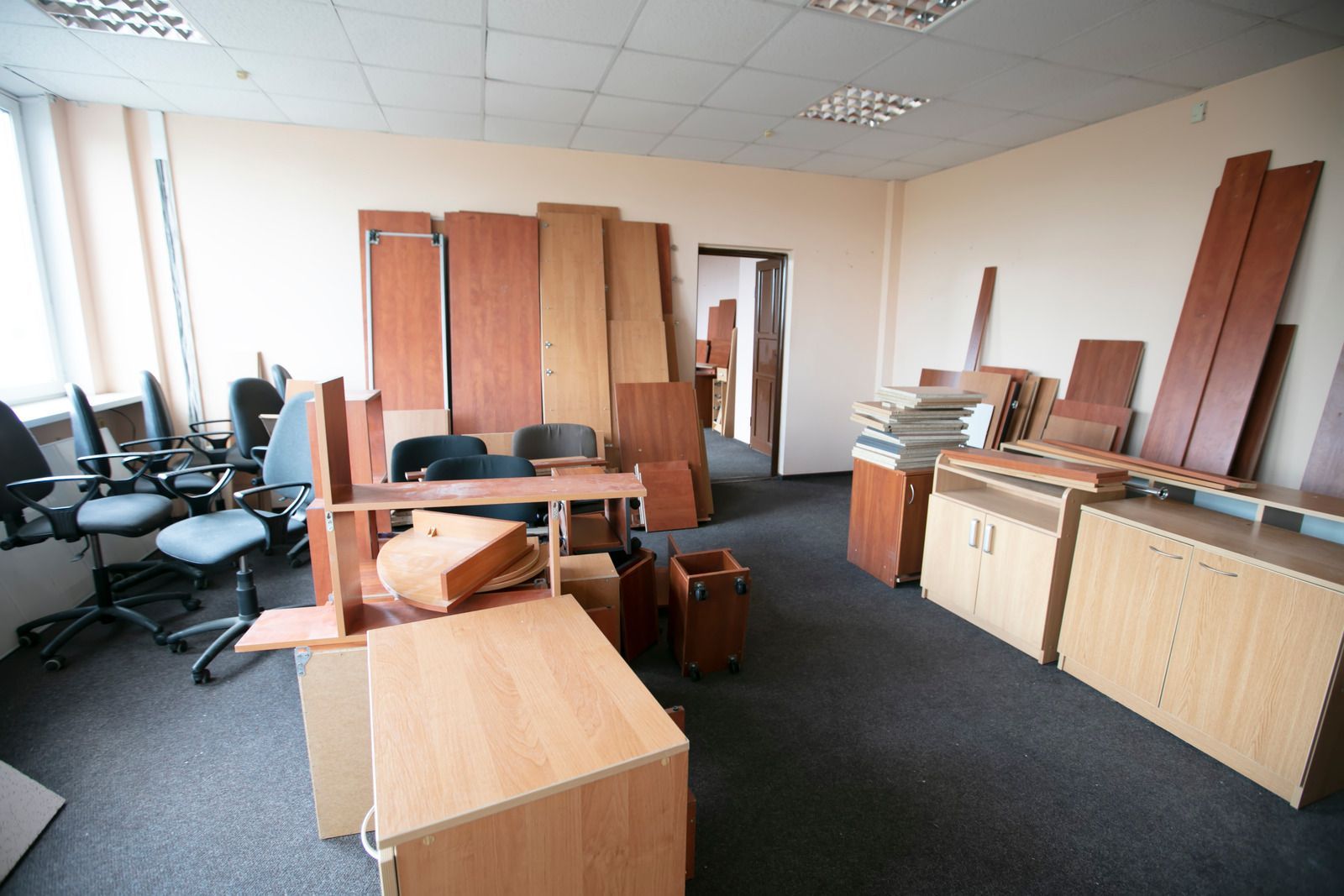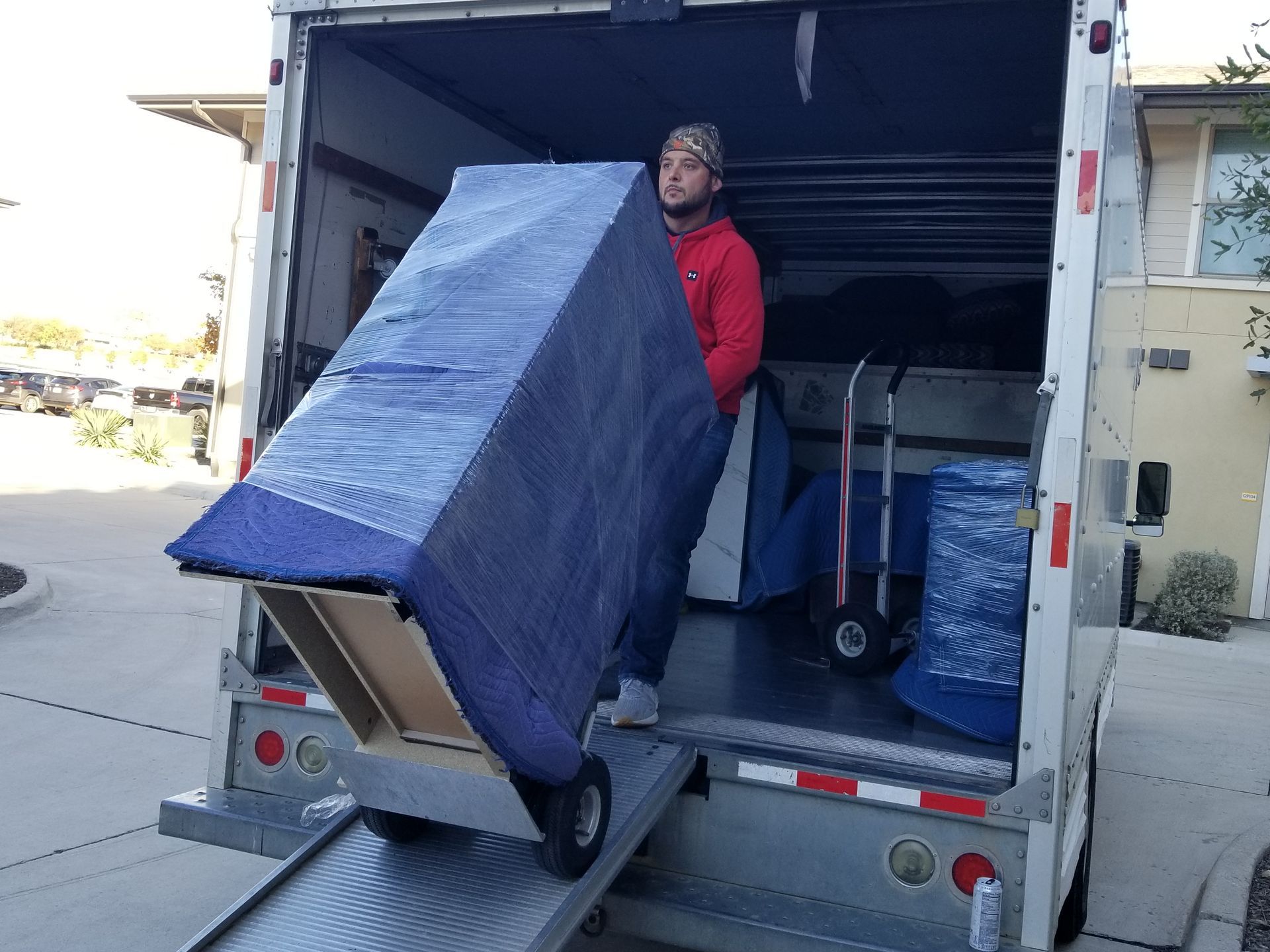The Importance of Climate-Controlled Loading for Sensitive Items
Although loading goods onto trucks or containers might appear simple, the procedure becomes significantly more important when handling delicate commodities like electronics, artwork, or prescription drugs. There are three phases of this process: the initial, light, and final phases. Climate-controlled loading, which regulates humidity and temperature, is a critical factor in ensuring the stability and safety of these goods.
Importance Of Climate-Controlled Loading for Sensitive Items
Preservation of Quality
Extreme temperatures and humidity levels have the potential to harm sensitive products. Climate-controlled loading safeguards these commodities from variations that can lower their quality by creating a stable atmosphere. Maintaining the proper environment during loading is crucial for protecting the integrity of delicate things, whether it's stopping electronic components from overheating or keeping pharmaceuticals fresh.
Preventing Damage
Excessive moisture can encourage the formation of mildew or rust, while high temperatures can cause plastic components to melt or break down. Regulating the temperature during loading significantly decreases the possibility of such damage, guaranteeing that the goods reach their destination undamaged.
Regulation Compliance
Regulations concerning temperature regulation during transportation may apply to some sensitive goods, such as food items or medications. Climate-controlled loading assists companies in adhering to these rules and helps them avoid possible fines or penalties for non-compliance. Customers and other stakeholders might feel more relaxed knowing that all required measures have been taken to protect the items during transit.
Reducing the Losses
Businesses may suffer significant financial losses if sensitive assets are damaged during transit. Climate-controlled loading reduces the possibility of these losses by offering the best circumstances for the secure carriage of sensitive goods.
Customer Satisfaction
When delicate goods are damaged during transit, customers may become dissatisfied and lose faith in the supplier. They expect their items to arrive in perfect shape. Businesses show their dedication to providing high-quality goods and services by investing in climate-controlled loading. Consequently, this raises client happiness and loyalty, encouraging repeat business and positive word-of-mouth recommendations.
Protection of Brand Reputation
A single instance of items being damaged by incorrect loading can undermine a business's reputation and status. However, companies that prioritize climate-controlled loading projects enhance the company's reputation. Maintaining a brand's reputation is essential to its long-term success and ability to compete in the marketplace.
Versatility for Diverse Industries
Climate-controlled loading is not just for fragile products from a particular business or item. It can be used in many industries, including fine art, electronics, food & beverage, and medicines. The concepts of climate management are universal and can be used in various sectors, whether the goal is to protect fragile artwork or maintain medication effectiveness.
Adaptability to Varying Environments
Climate-controlled loading is advantageous for shipping products across various climate zones and locations. Businesses can guarantee the safe transit of critical commodities even in difficult circumstances by keeping consistent temperature and humidity levels independent of external conditions. This flexibility is crucial for international supply chains and logistics networks.
Climate-controlled loading is essential for guaranteeing the integrity, safety, and quality of fragile goods in transportation. There are too many benefits to list for the significance of climate control, including maintaining product quality, meeting legal requirements, and raising customer happiness. Companies prioritizing climate-controlled loading show that they are dedicated to providing quality service and protecting their brand in an increasingly competitive market.










